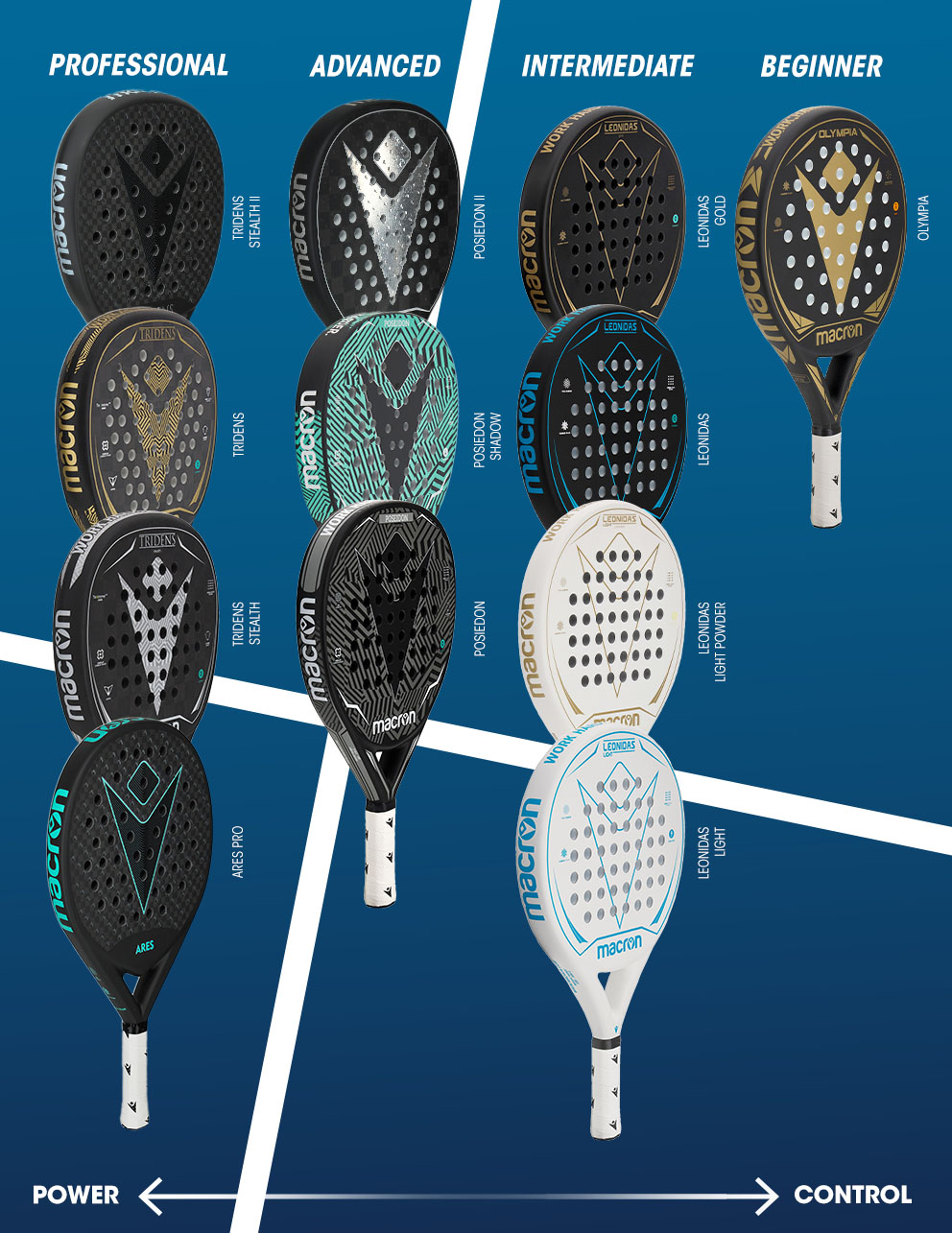Core Characteristics of Platform Tennis Racquets
Platform tennis racquets, often referred to as paddles, are specifically engineered for the sport of platform tennis. Distinct from stringed racquets, they possess a solid or cored hitting surface perforated with holes. These racquets are designed for durability and performance on smaller, screened courts, often in cold weather conditions.
Key Design Features:
- Material Composition: Typically constructed from high-performance materials such as carbon fiber, graphite, or a composite blend. The core is generally made of various densities of EVA foam (Ethylene Vinyl Acetate) or other resilient foam materials.
- Hitting Surface: The surface is unstrung and features a pattern of holes, typically 3/8-inch in diameter. These perforations reduce air resistance for quicker swings and can also help in gripping the ball for spin. Many racquets also feature a textured or “grit” surface to further enhance spin generation.
- Dimensions: The overall length of a platform tennis racquet cannot exceed 18 inches (45.72 cm). The head size is also regulated, typically resulting in a more compact hitting area compared to tennis racquets, promoting control and maneuverability.
- Weight: Platform tennis racquets generally weigh between 350 grams (approximately 12.3 ounces) and 400 grams (approximately 14.1 ounces). Heavier racquets can offer more power and stability, while lighter ones provide greater maneuverability and faster swing speeds.
- Balance: The balance point can vary, with some racquets being head-heavy (more mass towards the tip, aiding power), head-light (more mass towards the handle, aiding maneuverability), or evenly balanced.
- Core Density: The foam core’s density impacts playability.
- Low-density cores (softer) offer more control, a larger sweet spot, and better ball feel, suitable for players prioritizing touch.
- High-density cores (firmer) provide more power and are often preferred by aggressive players.
- Medium-density cores aim to balance power and control.
- Grip: Standard cushioned grips are applied, with sizes similar to tennis racquets. Players often customize with overgrips for personal preference in tackiness and thickness.
- Rim Protection: Most racquets feature a protective edge guard or bumper around the rim of the head to prevent damage from contact with the court’s screens or floor.
Selecting a Platform Tennis Racquet
Choosing an appropriate platform tennis racquet involves considering individual playing style, skill level, and physical attributes.

- Skill Level:
- Beginners: Often benefit from lighter racquets with a softer (low-density) core. These provide a larger sweet spot, more forgiveness on off-center hits, and enhanced control.
- Intermediate Players: May opt for medium-weight racquets with medium-density cores, offering a blend of power and control as their game develops.
- Advanced Players: Frequently choose heavier racquets with firmer (high-density) cores for maximum power and precision, tailored to their specific swing mechanics and strategic preferences.
- Playing Style:
- Defensive/Control Players: May prefer lighter racquets with softer cores for better maneuverability and touch.
- Aggressive/Power Players: Often lean towards heavier racquets with firmer cores to maximize shot pace and depth.
- Weight Preference: A lighter racquet is easier to swing and react with, especially at the net, but may offer less stability against hard shots. A heavier racquet provides more plow-through and stability but requires more strength.
- Core Density and Feel: This is a crucial factor. Softer cores absorb more impact and provide better feel, aiding in drop shots and delicate touches. Firmer cores provide more direct energy transfer for powerful shots.
- Grit Level: The amount of texture on the paddle surface influences spin potential. Players who rely heavily on spin may seek racquets with a more pronounced grit.
Trying different demo racquets is highly recommended before making a purchase to find the one that best complements your game.




















